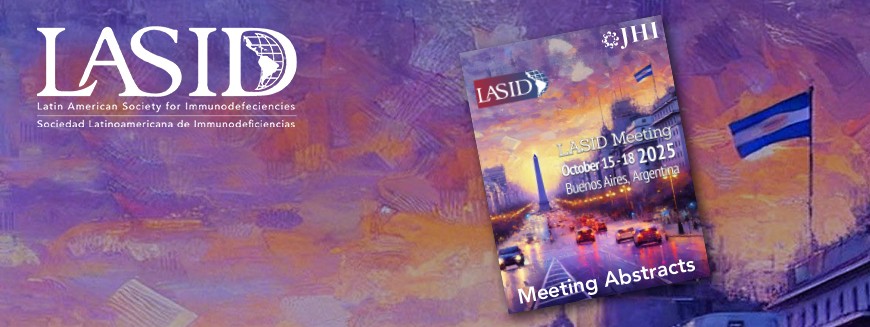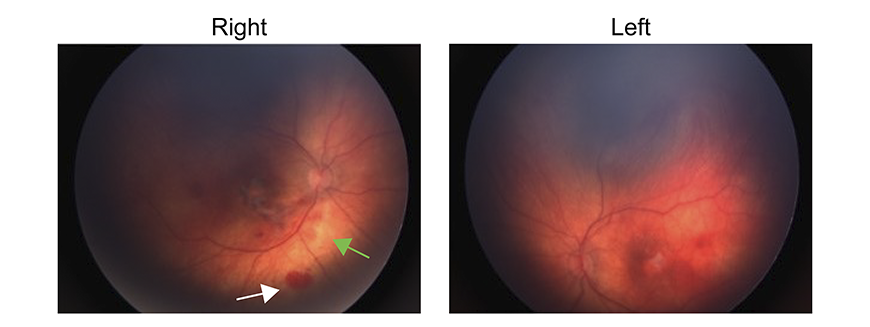Skip Nav Destination
JHI is a Gold Open Access journal that publishes papers that provide novel insights into the physiology and pathology of human immunity through the study of genetic defects and their phenocopies
Newest Articles
Article
|
December 26 2025
Jonas Lønskov, Annika Sünderhauf et al.
Research Letter
|
December 26 2025
Katherine Hickey, Conor Gruber et al.
Article
|
December 26 2025
Nina N. Brodsky, Alan Kennedy et al.
Research Letter
|
December 26 2025
Quentin Philippot, Marie-Pierre Debray et al.
Article
|
December 17 2025
Virdette L. Brumm, Sharon A. Kidd et al.
Research Letter
|
December 12 2025
Chen Wang, Meera Patel et al.
Reviews & Opinions
How I Treat
|
December 16 2025
Alexandra F. Freeman, Beth K. Thielen et al.
Review
|
December 05 2025
Ricardo Martins-Ferreira, Esteban Ballestar
Review
|
November 21 2025
Tom Le Voyer, Jean-Laurent Casanova et al.
Most Read
CIS Meeting Abstracts 2025
Abstracts from the 2025 Clinical Immunology Society Annual Meeting - PDF
Advertisement
JHI is a partnership between the International Alliance for Primary Immunodeficiency Societies (IAPIDS) and Rockefeller University Press (RUP) and is the official journal of IAPIDS and its member societies. Learn more about the origins of JHI.



















